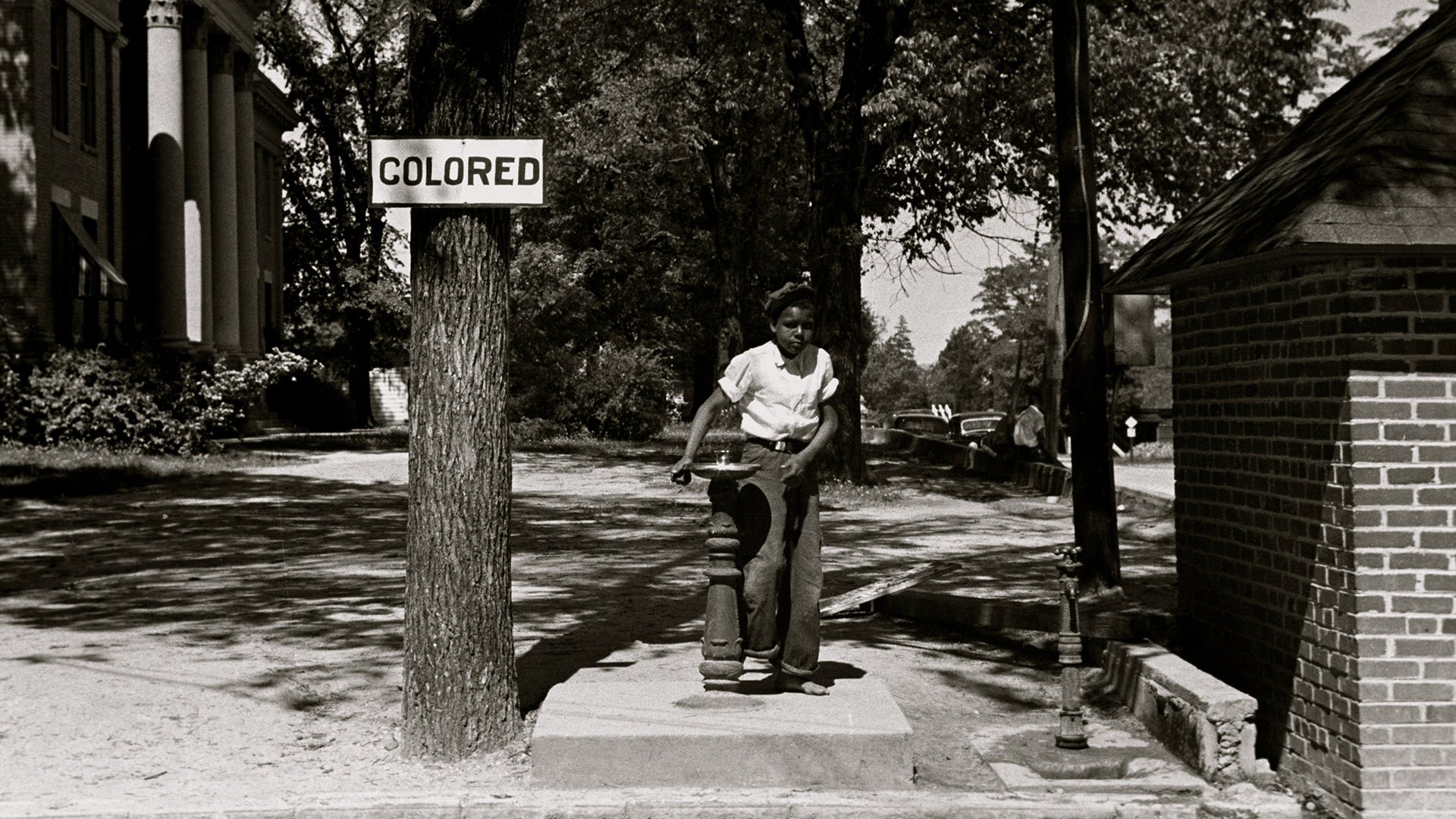Child Murder and Criminal Justice in the Jim Crow South
By Jeffrey S. Adler
This article explores a horrific 1945 child murder in New Orleans and argues that the case revealed broader developments in Southern criminal justice in the age of Jim Crow. Ernestine Bonneval tied her young children to an ironing board and lashed them, killing her 7-year-old daughter. The murder generated outrage, with residents demanding severe punishment, even the gallows, for the brutal crime. After a jury returned a guilty verdict, the judge sentenced the killer to one year in the state penitentiary. New Orleanians initially expressed fury at the lenient punishment but quickly conveyed sympathy for the murdering mother and perceived her as the victim of a failed legal system. The shift reflected four wider changes in white sensibilities about the role of the state. First, New Deal programs establishing a safety net during the Great Depression transformed white attitudes toward government authority. Second, Clementine Bonneval’s death became tethered to a national panic over juvenile delinquency, even though the victim was only 7. Third, gender ideals influenced perceptions of women who engaged in criminal violence. Fourth, and most important, Southern whites increasingly encoded violence as an African American behavior. As a consequence, white killers became hapless victims of circumstances beyond their control. The Bonneval murder was reinterpreted within a racialized construction of crime and criminal culpability that produced more aggressive policing and more draconian punishment for African American suspects and fewer arrests, indictments, convictions, and long prison sentences for white killers. Jim Crow, in short, shaped the modernization of Southern criminal justice.
USA, American Journal of Legal History. 2023, 17pg


